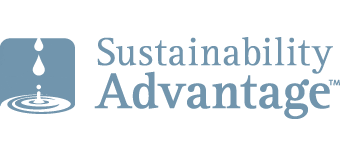Bob’s Books
This chronological list of Bob’s books describes the context for each. Every book was intended to be his last book.
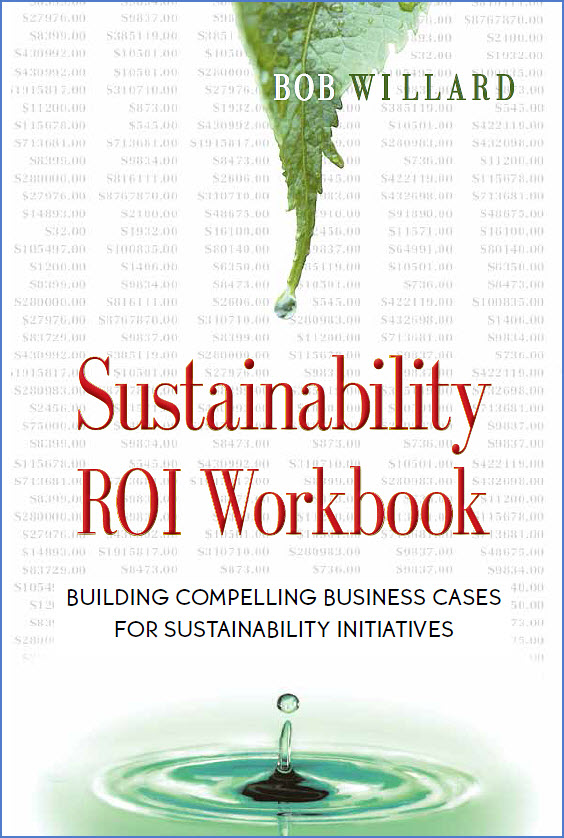 Sustainability ROI Workbook: Building Compelling Business Cases for Sustainability Initiatives (2017)
Sustainability ROI Workbook: Building Compelling Business Cases for Sustainability Initiatives (2017)
We are making progress on pressing sustainability issues, but not enough progress, fast enough. Too many sustainability initiatives are failing. Why? Because they lack senior executive support. Why? Because executives don’t understand that sustainability initiatives are good for the company as well as for the environment and society. We need to support sustainability proposals with a more rigorous cost-benefit analysis that shows an attractive payback period and return on investment. This fill-in-the-blanks Excel workbook monetizes all direct and indirect benefits and automatically does return on investment (ROI) calculations, based on user input. It is a free, open-source resource intended to improve the success rate of sustainability initiatives so we can do what needs to be done, in time.
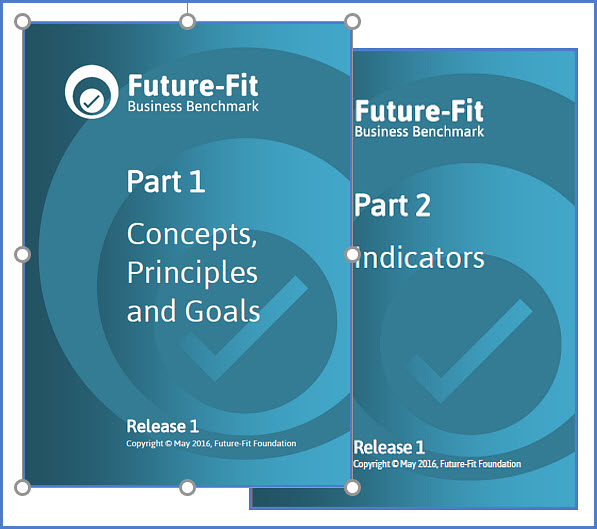 Future-Fit Business Benchmark – Release 1 (2016)
Future-Fit Business Benchmark – Release 1 (2016)
Two questions had been niggling at the back for Bob’s mind for years: “How would we recognize a truly sustainable business if we ever found one,” and “How much is enough?” Uneasy that rankings of companies on their sustainability performance were using incomplete criteria, he embarked on a project with TNS Canada to develop a “gold standard” for companies. It would be based on best-available environmental and social science and help companies assess how close they were to achieving a truly sustainable state. Bob partnered with the Future-Fit Foundation in the UK to produce the “Future-Fit Business Benchmark.”
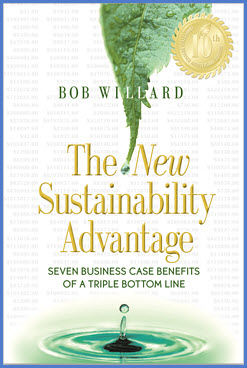 The New Sustainability Advantage: Seven Business Case Benefits of a Triple Bottom Line (2012)
The New Sustainability Advantage: Seven Business Case Benefits of a Triple Bottom Line (2012)
Published on the 10th anniversary of his first book, this has a rewritten, recalibrated and more compelling business case for sustainability strategies. It shows that if a typical company were to use best-practice sustainability approaches already being used by real companies, it could improve its profit by at least 51% to 81% within three to five years, while avoiding a potential 16% to 36% erosion of profits if it did nothing. It has an accompanying DVD.
 The Sustainability Champion’s Guidebook: How to Transform your Company (2009)
The Sustainability Champion’s Guidebook: How to Transform your Company (2009)
This book is about how to lead change when you don’t have much position power. In response to numerous requests from internal change agents in companies, Bob used his leadership, culture change, and organizational development expertise from his IBM career to distill lessons learned about leading cultural change from the middle. The book shows how sustainability champions at any level in an organization can effectively lead a transformation that imbeds sustainability principles and practices into an organization’s cultural DNA. It has an accompanying DVD.
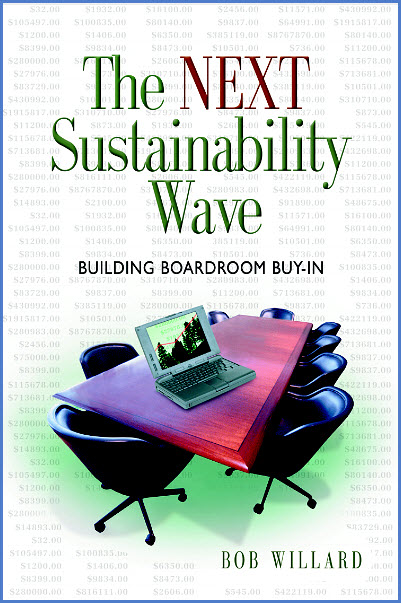 The Next Sustainability Wave: Building Boardroom Buy-in (2005)
The Next Sustainability Wave: Building Boardroom Buy-in (2005)
This book provides guidance on how to sell sustainability. The question that screamed in Bob’s head as he finished his first book was: “If the business case for sustainability strategies is this good, why isn’t every company using them?” To rigorously research the answer, he undertook a doctorate at the University of Toronto. His PhD thesis was this book. His research found that the biggest obstacle to executives embracing sustainability strategies was mindset. The book explains how to sell sustainability initiatives to skeptical business leaders: understand their needs and priorities, talk their language, gracefully handle their objections, and help them see how sustainability strategies can be good for business.
 The Sustainability Advantage: Seven Business Case Benefits of a Triple Bottom Line (2002)
The Sustainability Advantage: Seven Business Case Benefits of a Triple Bottom Line (2002)
This was Bob’s first effort to monetize a comprehensive business case for sustainability strategies. Based on extensive research during his Masters studies and after he retired from IBM, he showed that if a company were to simply implement best sustainability practices already employed by other companies, it could improve its profits by at least 38% to 66%, depending on its size and sector. He also created the first version of the Sustainability Advantage Worksheets as a free, open-source Excel calculation template. Neither are available now because they were both superseded by The New Sustainability Advantage.
